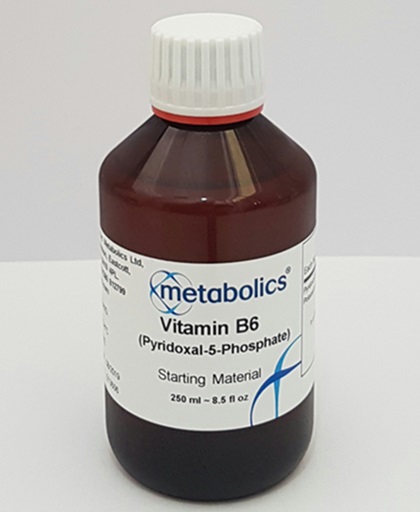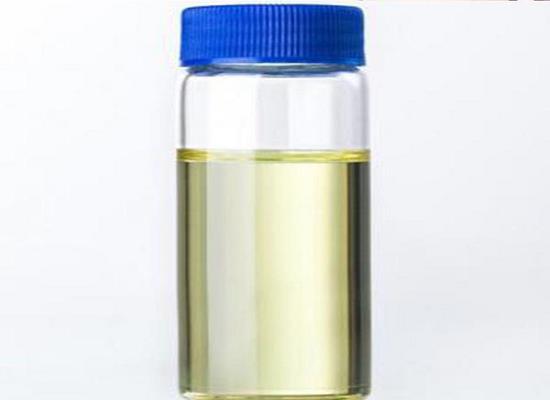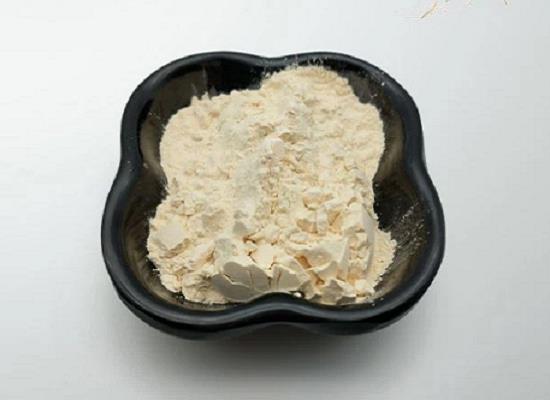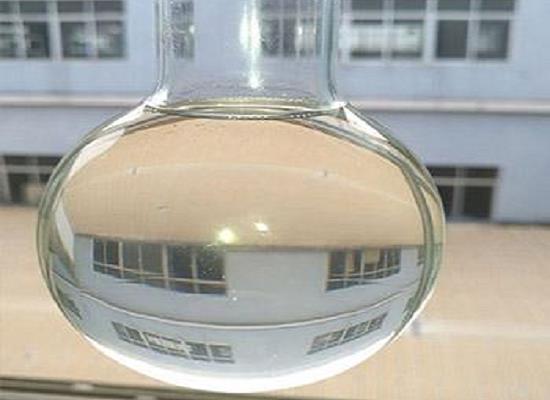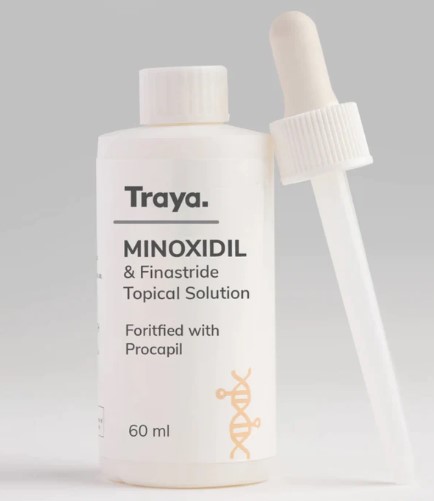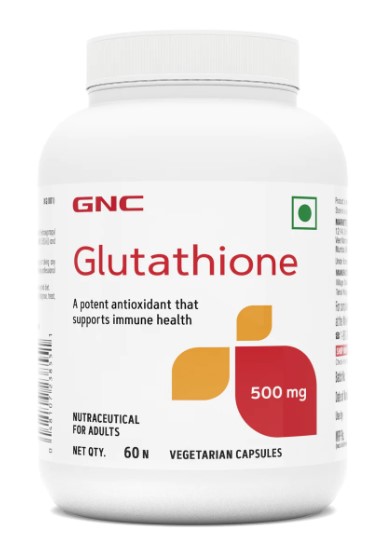Active Pharmaceutical Ingredients (API), popularly speaking, are the raw materials of medicines, only pharmaceutical raw materials are processed into pharmaceutical preparations , can they become medicines available for clinical use, so drugs we usually eat are the finished drugs through processing. Active Pharmaceutical Ingredients based on its sources can be divided into two major categories ,including chemical synthetic drugs and natural chemical drugs. Chemical synthetic drugs can be divided into organic synthetic drugs and inorganic synthetic drugs. Inorganic synthetic drugs are inorganic compounds ( very few is element), such as aluminum hydroxide, magnesium trisilicate which are used for the treatment of gastric and duodenal ulcers ; organic synthetic drugs are mainly composed of drugs made by basic organic chemical raw materials, through a series of organic chemical reactions (such as aspirin, chloramphenicol, caffeine, etc.). Natural chemical drugs ,based on its sources,can be divided into two categories including biochemical drugs and plant chemical drugs. Antibiotics are generally made by the microbial fermentation, which belongs to the biochemistry category. A variety of semi-synthetic antibiotics occurs in recent years,which are biosynthesis and chemical synthesis combining products.Among active Pharmaceutical Ingredients, the organic synthetic drugs varieties, yields and values have the largest proportion,which are the main pillars of the chemical and pharmaceutical industries. The quality of active Pharmaceutical Ingredients decides whether the formulation is good or bad , so its quality standards are very strict ,countries in the world have developed national pharmacopoeia standards and strict quality control methods for its widely used active Pharmaceutical ingredients.
Pyridoxal phosphate: a coenzyme in many enzymatic processes
Pyridoxal phosphate functions as a coenzyme in many enzymatic processes, including decarboxylation, deamination, transamination, racemization, and others. This article will introduce its mechanism and
Nov 10,2023 APIN,N,N',N'-Tetramethyldiaminomethane: properties, applications and safety
N,N,N',N'-Tetramethyldiaminomethane is a versatile compound with valuable properties in organic synthesis, but its flammability and toxicity require careful handling.
Nov 10,2023 APIGinsenoside Rg3: mechanism of action, pharmacodynamic and safety
Ginsenoside Rg3 inhibits angiogenesis through VEGF/VEGFR2 modulation and shows safe profiles in studies.
Nov 10,2023 API2-Anilino-6-dibutylamino-3-methylfluoran: properties, applications and safety
2-Anilino-6-dibutylamino-3-methylfluoran is a valuable component for light-driven phase change materials with temperature-control capabilities, but proper safety precautions must be taken.
Nov 10,2023 APIPIPES: properties, applications and safety
PIPES is a versatile buffering agent for maintaining pH stability, widely used in biological and chemical research.
Nov 10,2023 APIIs Resveratrol safety?
Resveratrol is a phytoalexin found in over 300 edible plants, including grapes, berries, and peanuts.
Nov 10,2023 APIDelta-valerolactone: properties and applications
Delta-Valerolactone exhibits unique properties that make it suitable for various applications, including drug-carrier systems and the preparation of functional polyesters.
Nov 10,2023 APIThe effect of Minoxidil on hair
Minoxidil is a cosmetic drug recognized as a mitogenic agent, which may be potential mutagenic and carcinogenic agent.
Nov 10,2023 APIWhat should be paid attention to when consuming glutathione?
Glutathione is a major antioxidant in the lens. Glutathione is involved in the detoxification of both xenobiotic and endogenous compounds.
Nov 9,2023 APIThe uses and side effects of Valsartan
Valsartan is an angiotensin II type 1 receptor blocker (ARB). This drug is commonly combinated with Sacubitril.
Nov 9,2023 API



